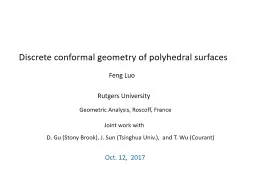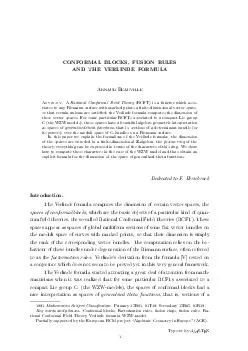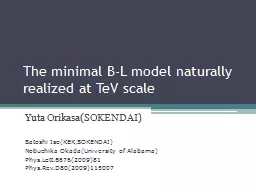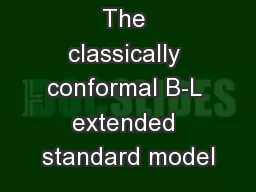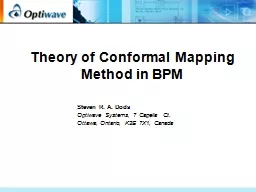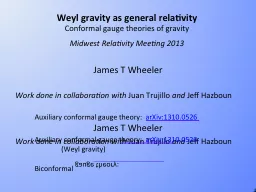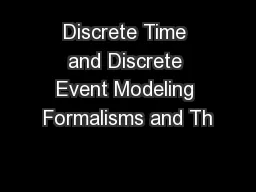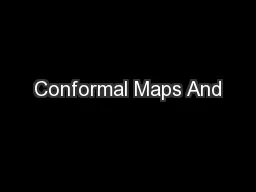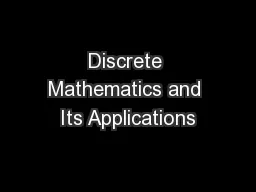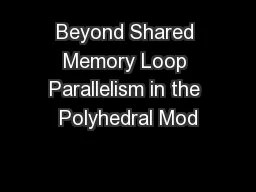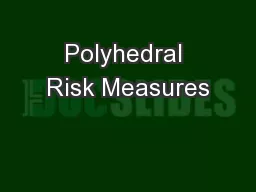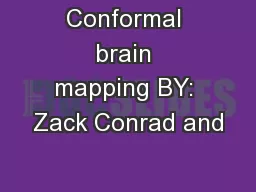PPT-Discrete conformal geometry of polyhedral surfaces
Author : cheryl-pisano | Published Date : 2019-03-14
Feng Luo Rutgers University D Gu Stony Brook J Sun Tsinghua Univ and T Wu Courant Oct 12 2017 Geometric Analysis Roscoff France
Presentation Embed Code
Download Presentation
Download Presentation The PPT/PDF document "Discrete conformal geometry of polyhedra..." is the property of its rightful owner. Permission is granted to download and print the materials on this website for personal, non-commercial use only, and to display it on your personal computer provided you do not modify the materials and that you retain all copyright notices contained in the materials. By downloading content from our website, you accept the terms of this agreement.
Discrete conformal geometry of polyhedral surfaces: Transcript
Download Rules Of Document
"Discrete conformal geometry of polyhedral surfaces"The content belongs to its owner. You may download and print it for personal use, without modification, and keep all copyright notices. By downloading, you agree to these terms.
Related Documents

